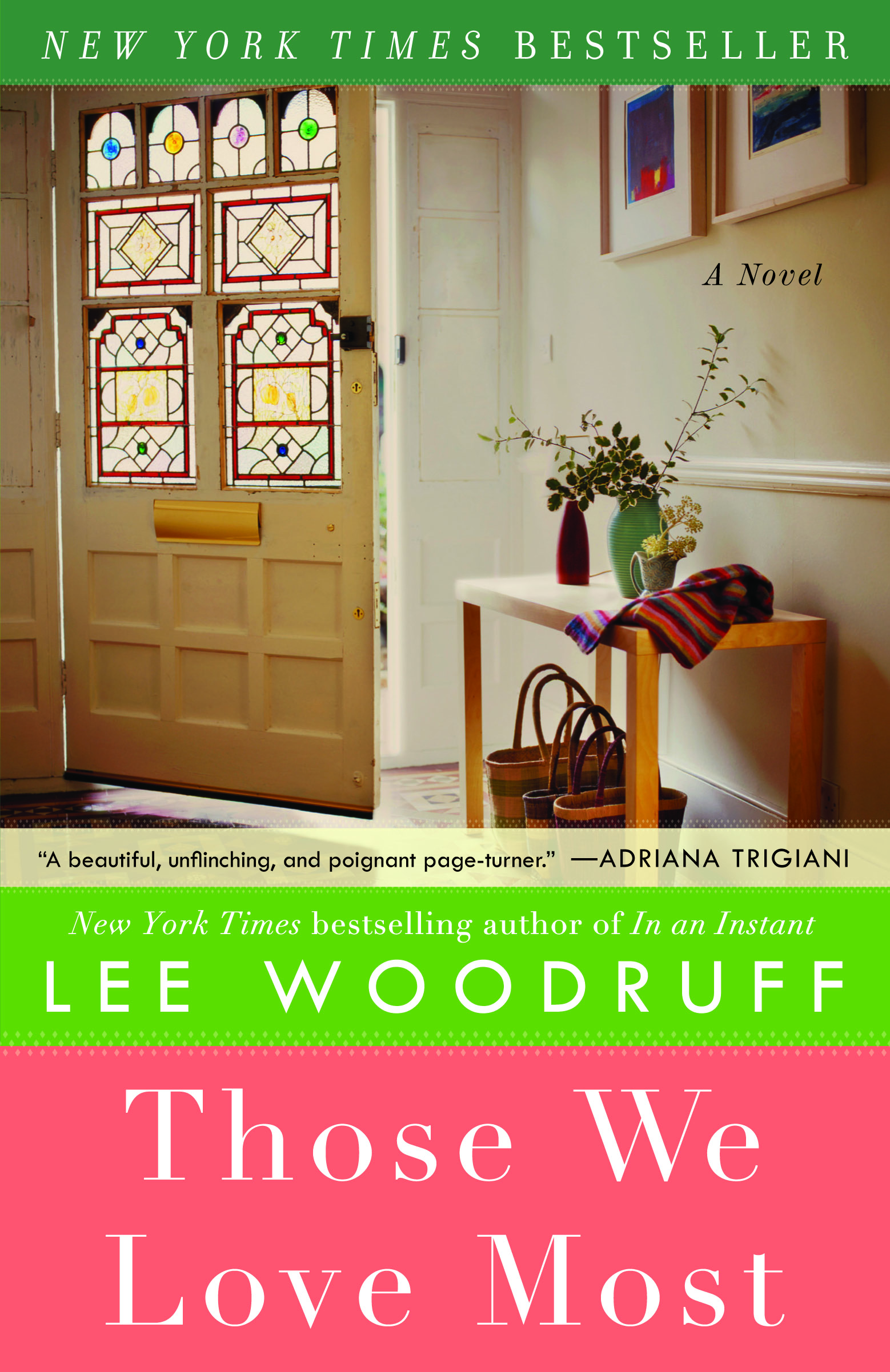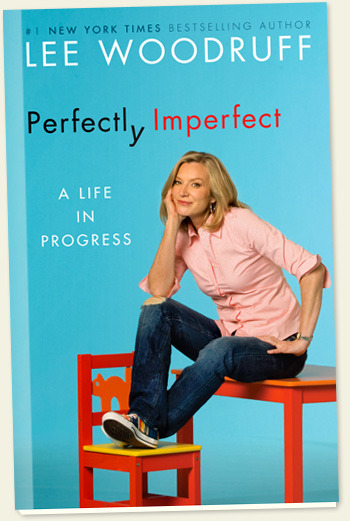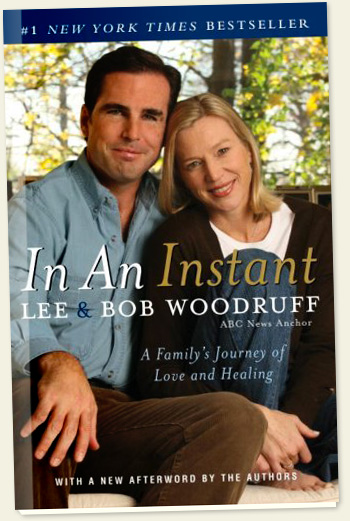DEATH IN THE AGE OF TECHNOLOGY
 December 16, 2010
December 16, 2010  Post a Comment
Post a Comment A friend died the other day. Breast cancer that spread too far, too fast. But she had her dukes up the whole way; fought a damned good fight. She stood tall, battled elegantly, thrusting and parrying at the disease like the most elegant of fencers. I know there must have been ugly days, days of railing at the fates and wondering “why me?” But she chose not to show most of us those days. She moved through the world with giant grace; with her chin up, a twinkle in her eye and a sense of good humor.
I stumbled across the email entry for her in my computer the other day and my fingers froze. My heart constricted. There she was, I thought. Living proof. Was she really gone? No more replies to my emails or Face book messages? For just a millisecond I moved to delete the entry and then stopped. I wasn’t ready to press that button and say “yes” when my computer asked me if I really wanted to do this. I wasn’t there yet.
How does one “delete” a friend in this age of technology? What about Face book? Do you “un-friend” someone after they die? It seemed so final. So I chose to do nothing. I declared a period of memoriam in cyberspace. She would live on there, until I was ready to let her go.
In the old days, back when people like me walked barefoot to school and got wooden teeth, you had physical address books. You could hold them in your hand and flip the pages alphabetically, long before computers organized that information for you. When someone moved or died or just no longer really featured themselves in your life, you would erase them, cross them out. And in this simple act you could still see the traces of them there—the ghost of the person. Like a reflection or a shadow. This was the final step before obsolete. Sort of an “un-dead.”
But now everything is instant, electronic, immediate. It’s so simple to add or delete. Things happen inadvertently. The first time I faced this issue was when our friend David Bloom died in Iraq in 2003 while covering the invasion of Baghdad. I remember stumbling across his contact information at NBC, his work number and cell. It was a hard slap to see the computer scrolling past his name in the “B” s. What to do? David was gone. The silence was deafening.
I didn’t dwell. I decided (by not taking action) that death in the technology age required a period of mourning. I would keep David’s entry there until I had processed the death, lived with it, grieved it and accepted it, as much as one can accept death. Just having him alive in my laptop and cell phone somehow kept David present. The David Bloom entry was my proof that he had existed at all.
I haven’t had to deal with more than my fair share of death yet. I don’t know what one’s fair share is. But I know there are families and towns for whom death and loss has been more of a frequent companion.
For an old gal, I’ve been relatively unscathed. My first was a fatal car accident involving my high school friend -- a boy--- who was a prince among men. I didn’t go to that funeral in Buffalo, New York and I will always kick myself. I was in college at the time, couldn’t figure out the transportation, didn’t understand quite the weight of ceremony. No one talked about “closure” the way they do now, but I suppose all these years later my lack of attendance haunts me for that reason. I needed to be there to lay him to rest too.
I missed both of my grandmothers’ funerals as well. During one I was out of the country, the other, across the country with a newborn. The trip and leaving a baby seemed impossible back then; we’d just made a move to a new town. I was overwhelmed and I’d said my goodbyes to her not long before. I look back now and wish I’d made more effort. Those passages are important. They don’t seem so when you are younger and lives stretch out like red carpets.
Looking now through the rear view mirror, I understand that ceremonies offer a sense of completion and celebration of living. They are a tender act; the way women lovingly wash the feet and bodies of the dead. There was a time in America where you kept the body at home for the wake, dressed your loved one, held them as they died. In the parts of the world where people are not as removed from the cycles of birth and death, they speak of the comfort brought by this proximity to the departed.
We don’t get up close to death like that anymore. That’s mostly handled by others; professionals in hospitals and hospice. It’s a job, a career. It’s not dissimilar to the way we buy our meat in the supermarket, already slaughtered, butchered and wrapped in plastic. We sub-contract out the messy parts.
Looking at a dead friend’s contact information in my computer is a little bit like that. It’s an industrial, sanitized entry, no pen marks or wine stains on the page. It’s too easy to hit the button and move on. A bunch of keystrokes cannot, certainly, constitute the essence of the person who lived, laughed and loved. And so, in defiance of all that is so efficient and easy and destructive in this age of technology, I will stage a sit-in for her in cyberspace. I will keep her alive in my hard drive for as long as I choose. There will come a day, when I’m cleaning out my address list, adding and deleting, that I will finally let her go. But right now, I’m still content to catalogue her as a “friend.”







